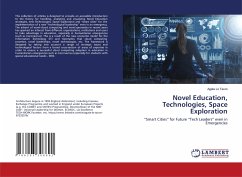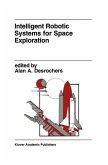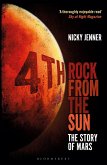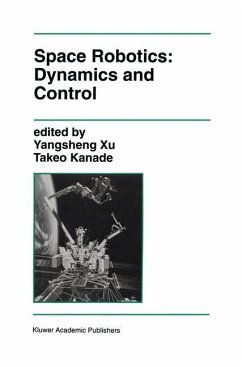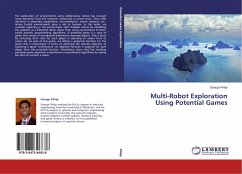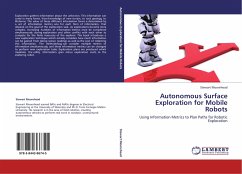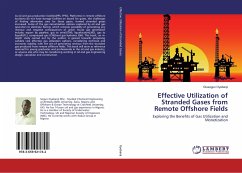This collection of articles is designed to provide an accessible introduction to the theory for handling, analyzing and visualizing Novel Education strategies, new Technologies, Space Exploration and "smart cities" for the implementation of a new "technological leadership" even in an emergency. The advent of novel cloud computing and novel geomatics in recent years has sparked an interest from different organizations, institutions and users to take advantage in education, especially in humanitarian emergencies (such as Coronavirus). This is a result of the new economic model for the Information Technology (IT) and Geomatics that cloud computing promises, novel leaderships, novel technologies, etc. The framework is designed by taking into account a range of strategic issues and technological factors from a broad cross-section of areas of expertise in order to ensure a successful cloud computing adoption in education in humanitarian emergencies such as Coronavirus (especially for students with special educational needs - SEN).
Bitte wählen Sie Ihr Anliegen aus.
Rechnungen
Retourenschein anfordern
Bestellstatus
Storno

